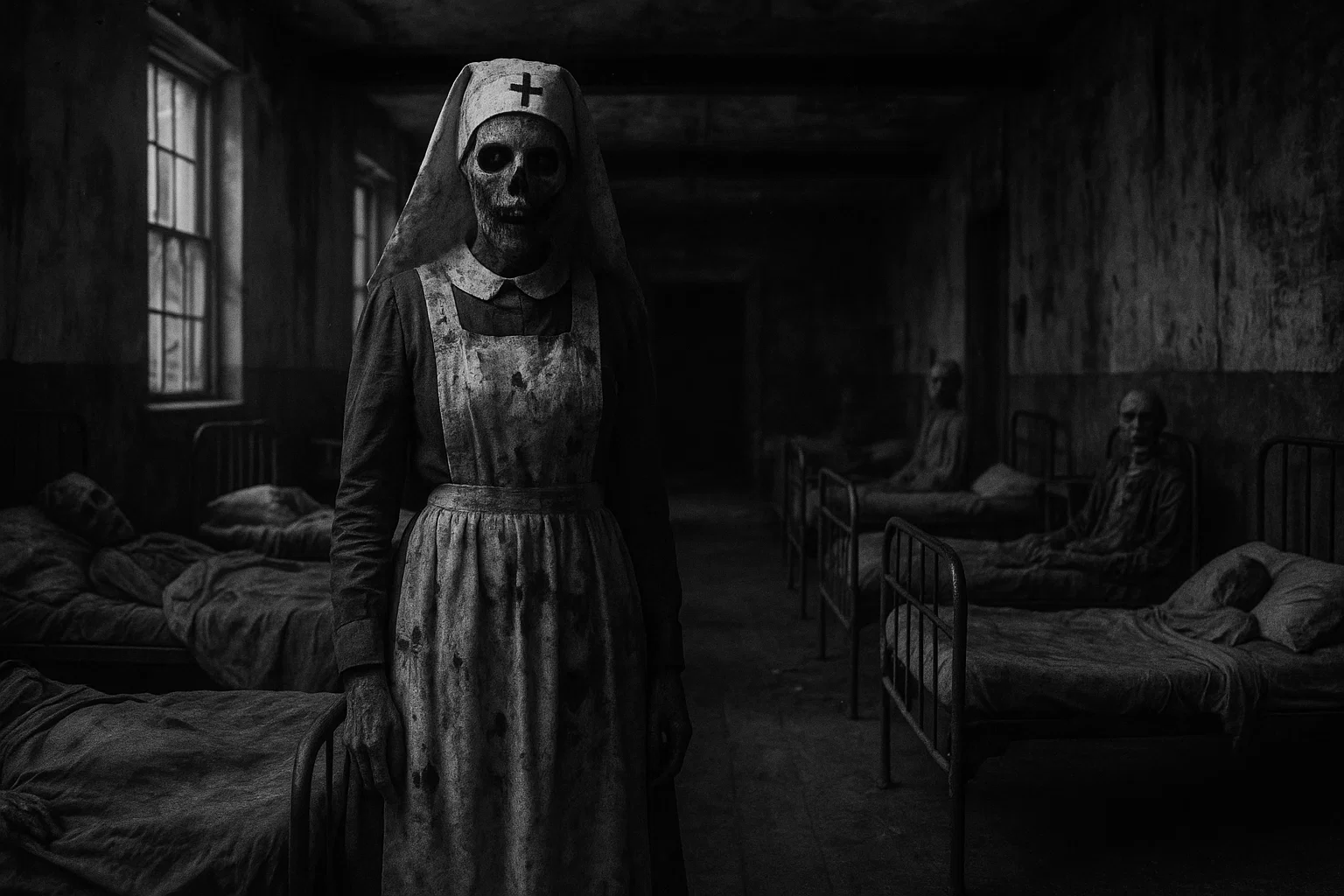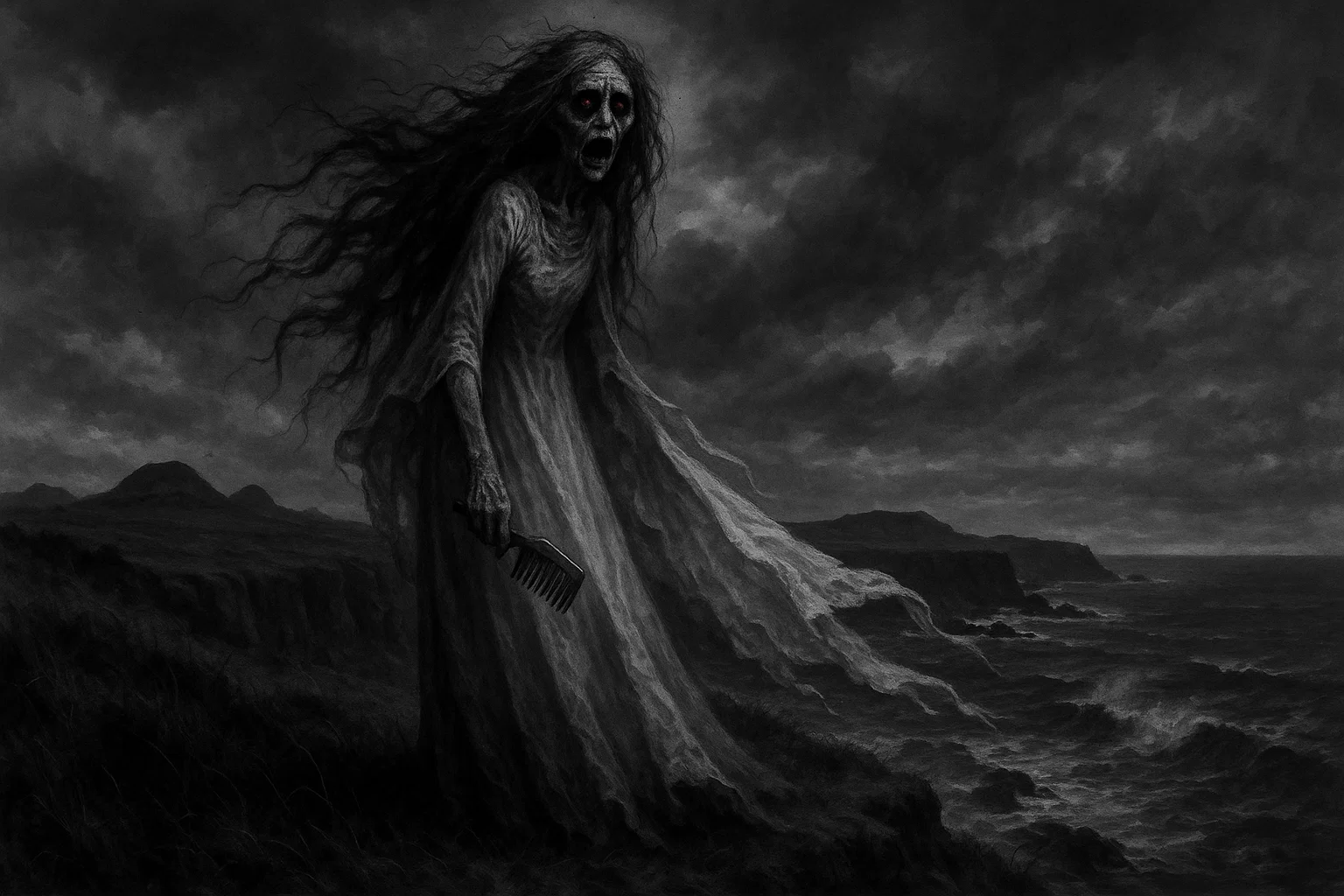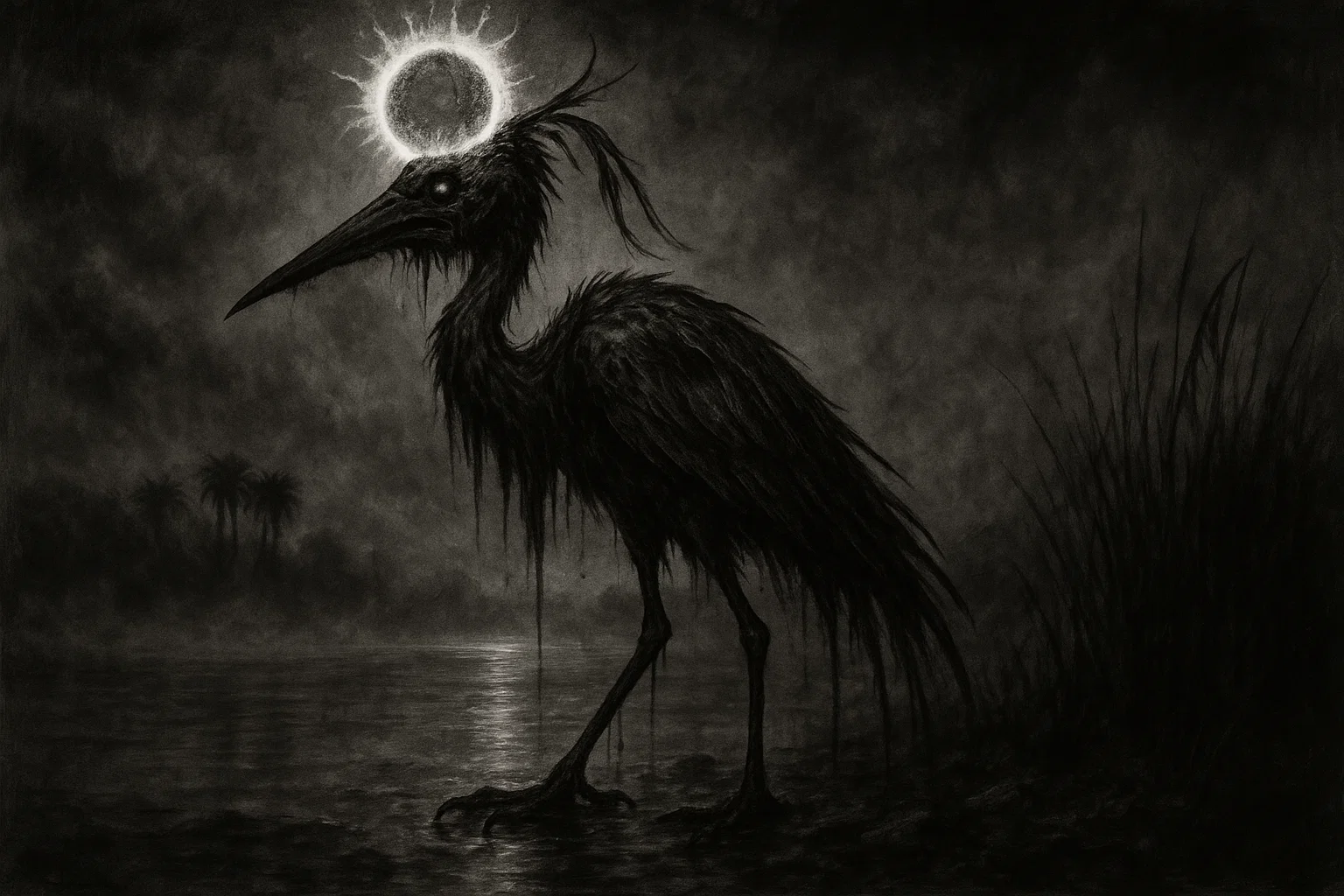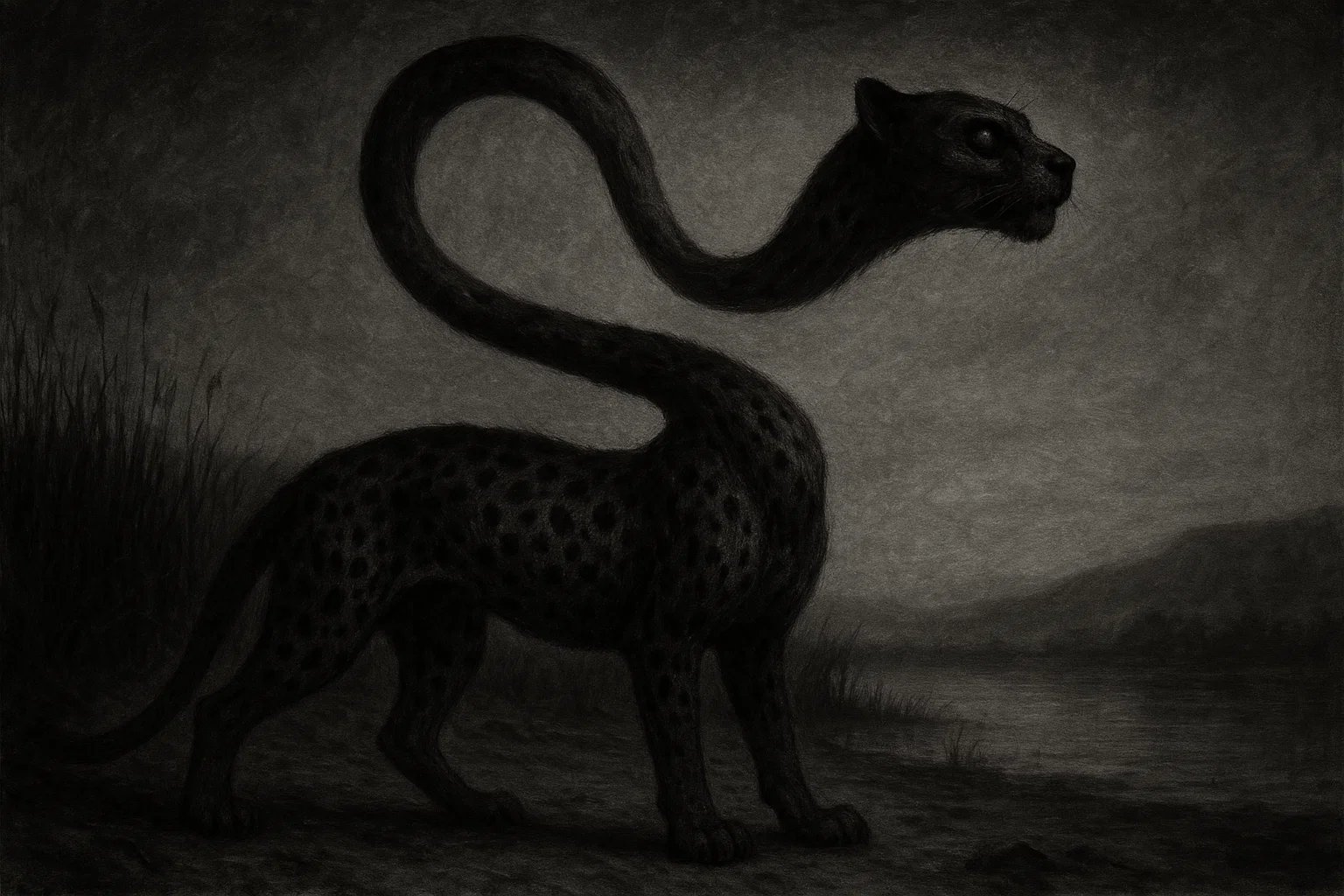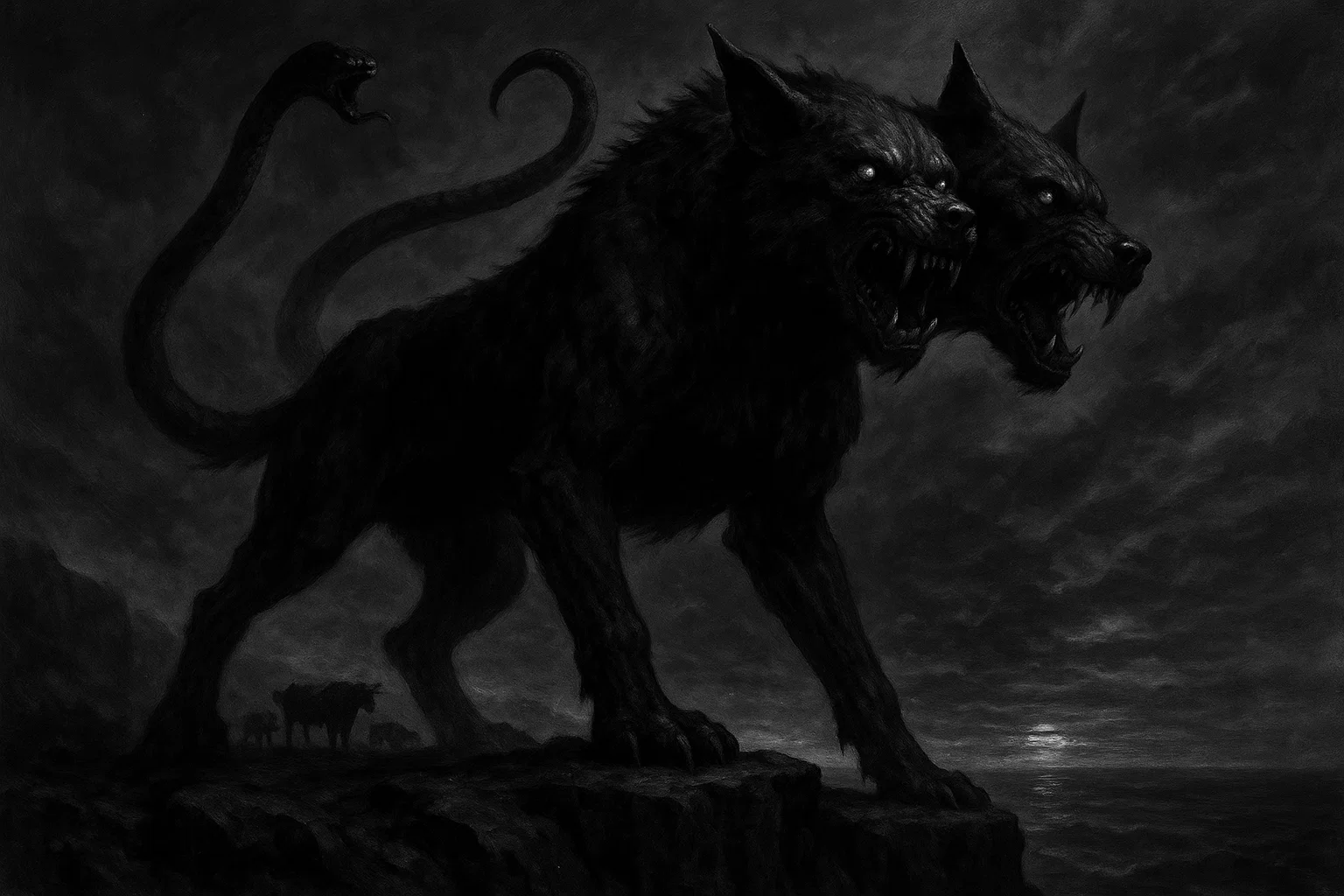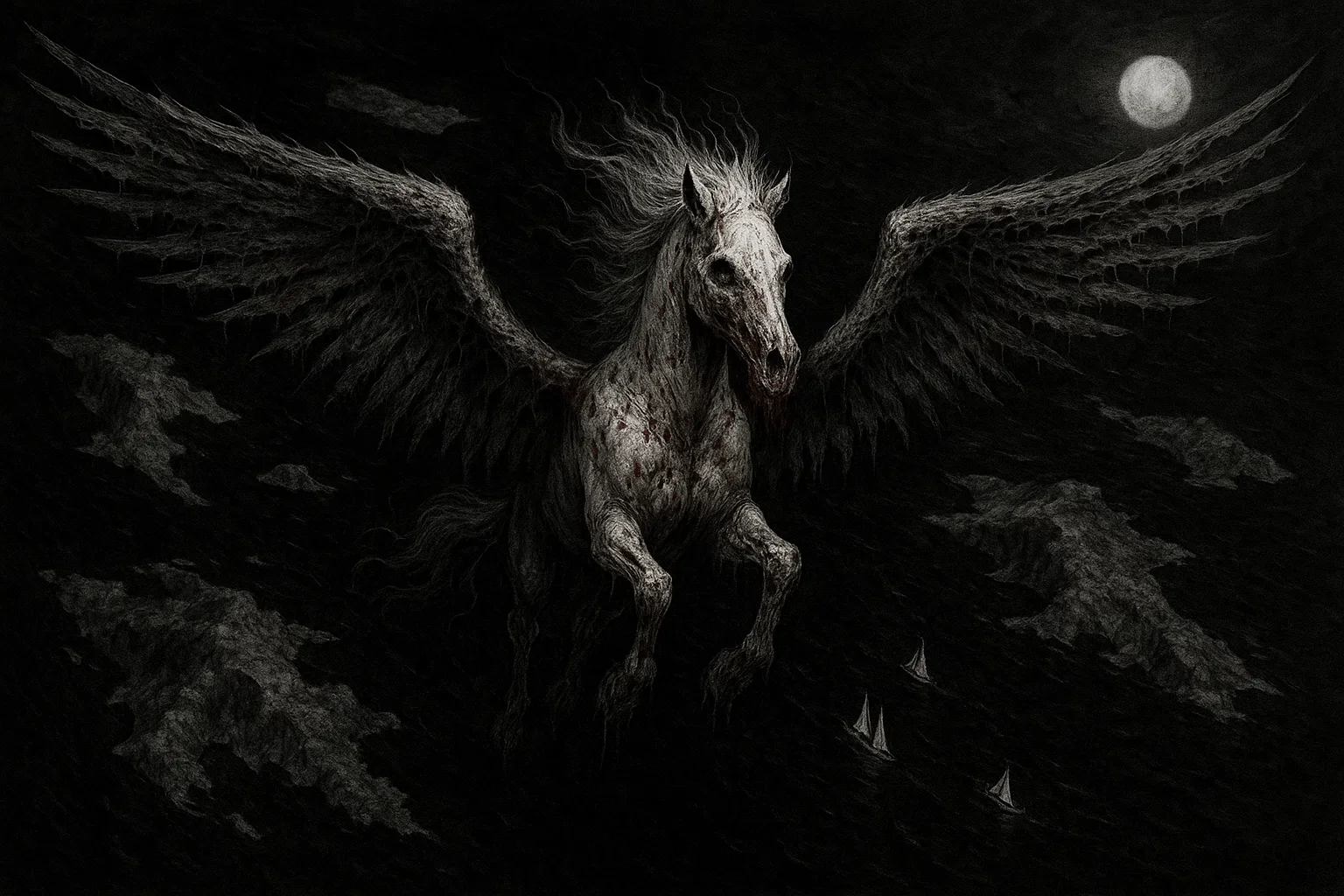Marion Military Institute (MMI), located in Marion, Perry County, Alabama, is a historic institution renowned for its military education and eerie reputation as a haunted site. Established in 1842 as Howard College, MMI’s campus served as Breckenridge Military Hospital during the Civil War (1863–1865), a period marked by significant loss of life.
This tragic history is believed to underpin the numerous reports of paranormal activity, including mysterious noises, apparitions, and physical sensations experienced by cadets and visitors.
This article provides an in-depth exploration of Marion Military Institute’s haunting, covering its historical context, detailed accounts of paranormal phenomena, key locations, investigations, theories, and comparisons with other haunted sites.
Summary
Historical Background
The Setting: Marion and MMI
Marion, a small town in Perry County, Alabama, is situated near Selma and was a significant location during the Civil War due to its proximity to Confederate strongholds. MMI, founded in 1842 as Howard College by the Alabama Baptist Convention, initially served as a Baptist institution before transitioning to a military college.
The campus, spanning 126 acres, includes historic structures such as the Chapel (constructed in 1857) and Lovelace Hall (originally South Barracks, built in 1854), both listed on the National Register of Historic Places in 1978. The President’s House (built in 1912) and the Alabama Military Hall of Honor (formerly Marion City Hall) are also notable landmarks on campus.
During the Civil War, from 1863 to 1865, the Chapel and Lovelace Hall were repurposed as Breckenridge Military Hospital, treating wounded Confederate and Union soldiers.
Many succumbed to injuries or diseases, and their bodies were buried in a makeshift cemetery behind the Chapel. This period of intense suffering is central to the haunting narrative, as the trauma is believed to have left a spiritual imprint.
After the war, Howard College relocated to Birmingham in 1887, becoming Samford University. Colonel James T. Murfee, president of Howard College since 1871, and several faculty members remained in Marion, founding MMI.
The institute has since maintained a strong military tradition, offering programs like the Army’s Early Commissioning Program and Service Academy Program.
The Civil War Context
The Civil War’s impact on Marion was profound, with the region serving as a Confederate hub. The use of MMI’s buildings as a hospital reflects the widespread practice of converting educational institutions into medical facilities during the war.
The deaths at Breckenridge Military Hospital, coupled with the burial of soldiers on campus, provide a historical basis for the reported hauntings.
You May Also Like: The Smiling Man | Horror Story
The emotional and physical toll of the war, combined with the rural isolation of Marion, may have amplified perceptions of the supernatural among later generations of cadets.
Reported Paranormal Phenomena
MMI’s haunting is characterized by a variety of paranormal experiences reported by cadets, faculty, and visitors over decades. These accounts include auditory, visual, physical, and sensory phenomena, often attributed to the spirits of soldiers who died in the hospital.
Alleged Sightings at Marion Military Institute:
| Date | Location | Description | Witnesses |
|---|---|---|---|
| 1995–1997 | Wilkerson Hall | Footsteps, ether smell, waking at 3 AM | Cadets |
| 1999–2000 | Unspecified Barracks | Visions of soldiers “blown up and shot to pieces, carrying oranges” | Cadet’s roommate |
| 2000 | Murphy Barracks | Desks and chairs moved, paralysis sensation during nap | Charlie cadets |
| 2001–2002 | HQ Barracks | Figure seen turning corner, no one found; footsteps, running showers | Cadet, friend, day room group |
| 2007–2008 | Lovelace Hall | Female cadet captain spoke in tongues, restrained by multiple women | Female chaplain, multiple female cadets |
| 2007–2008 | Delta Company Barracks | Desk lamps and windows moved on own (same night as Lovelace incident) | Delta Company cadets |
| Pre-2007 | Lovelace Hall | Girl possessed, committed suicide, room used for storage | Unspecified |
| Undated | Lovelace Hall | First Sergeant’s computer typed ghost messages, items found in locked room | First Sergeant, Swamp Fox Commander, others |
| 2013 | Near Alpha Barracks | Figure crossed road at night, vanished | Cadet |
| 2014 | Wilkerson Hall | Footsteps, banging, dread on third floor; Ouija board activity | Cadets |
| 2017 | Lovelace Hall | Whispers, “SSHHH!” sounds, objects arranged in locked room | Cadets |
| 2021 | Trustee Barracks | 19 dead cicadas found in hallway after cleaning | Cadets |
| Undated | Echo/Band Barracks | Desk lamp flew, scratch marks on leg, little girl sightings, ukulele playing | Cadet, friend, roommate |
Auditory Phenomena
Unexplained Noises: Cadets frequently report hearing footsteps, particularly in Lovelace Hall and the Chapel. A 2014 account describes bootsteps on the tile floor of Lovelace’s second floor at 3:00 AM nightly, despite no visible source. In Wilkerson Barracks, banging on doors and scraping sounds from the locked third floor have been noted.
Vocal Disturbances: Some cadets have reported hearing whispers or a loud “SSHHH!” in their ears, as documented in a 2017 account. These sounds often occur at night, startling cadets awake.
Cavalry Sounds: A recurring claim is the sound of a cavalry charge across the parade field, heard by cadets in Lovelace Hall and other areas, possibly linked to the Civil War era.
Visual Phenomena
Apparitions: Cadets have reported seeing apparitions of soldiers, often described as wearing tattered hospital gowns or Civil War-era uniforms. A 1999–2000 account describes a cadet’s roommate waking nightly to visions of “soldiers walking around, blown up and shot to pieces, carrying oranges.” A 2013 report mentions a figure crossing a road near Alpha Barracks at night, vanishing without explanation.
Objects Moving: Items have been reported to move inexplicably. A 2017 account describes a First Sergeant’s room in Lovelace Hall where belongings of a previous occupant, expelled months earlier, were found arranged neatly on the bed despite the room being locked.
You May Also Like: The Slit-Mouthed Woman | Horror Story
Lights and Windows: In 2007–2008, female cadets in Lovelace Hall reported desk lamps turning on and off and windows closing on their own, coinciding with a disturbing incident involving a cadet captain.
Physical and Sensory Phenomena
Cold Spots: The Chapel is known for sudden, intense cold spots that “rush through” visitors, even on hot days. These are often accompanied by light flickers and a sense of unease.
Physical Sensations: Cadets have described feelings of heaviness or dread, particularly when approaching the third floor of Wilkerson Barracks. A 2014 cadet reported an overwhelming sensation of fear that prevented further exploration.
Unusual Illness: A unique account involves a cadet’s father who, after a minor scrape during a flag football game on the parade field, contracted a rare virus unseen since the Civil War. Doctors found no scientific explanation, leading to speculation of a paranormal cause.
Other Incidents
Cicada Event: In 2021, a cadet reported finding 19 dead cicadas scattered along the hallway of Trustee Barracks the morning after cleaning, with no explanation for their presence.
Ouija Board Activity: In 2014, paranormal activity in Wilkerson Barracks intensified for a week, with nightly disturbances at 3:00 AM, until it was discovered that cadets were using Ouija boards. The activity ceased after the boards were removed.
Possession Incident: In 2007–2008, a female cadet captain in Lovelace Hall allegedly began speaking in a “strange and aggressive dialect,” resembling possession. Multiple female cadets were needed to restrain her, and the incident coincided with electrical and physical disturbances in Delta Barracks.
Marion Military Institute Haunting
The following locations on MMI’s campus are most frequently associated with hauntings:
- Chapel (1857): A central part of Breckenridge Military Hospital, the Chapel is linked to the burial site behind it. Reports include cold spots, flickering lights, and apparitions of soldiers.
- Lovelace Hall (1854): Formerly South Barracks, this building was also part of the hospital. It is notorious for footsteps, door rattling, apparitions, and incidents like the 2007–2008 possession event.
- Wilkerson (Delta) Barracks: The locked third floor is a hotspot for banging, scraping, and feelings of dread, with activity peaking during the 2014 Ouija board incident.
- Trustee Barracks: The 2021 cicada incident suggests paranormal influence, though reports are less frequent.
- Echo/Band Barracks: Notable for physical disturbances like a flying desk lamp and sightings of a little girl.
- Parade Field: Associated with sounds of a cavalry charge, possibly a residual echo from the Civil War.
- Murphy and HQ Barracks: Early 2000s reports include moving furniture and apparitions.
These locations, steeped in history, continue to be focal points for paranormal experiences, with the Chapel and Lovelace Hall being the most active.
Investigations and Documentation
No formal paranormal investigations, such as those using EMF meters or thermal imaging, have been documented at MMI. However, the haunting is well-documented through cadet testimonies spanning the late 1990s to 2021.
You May Also Like: Is the Downey Booger Real? Sightings, Theories, and More
These accounts, shared on online platforms, provide a robust oral and written record. The consistency of reports across decades, from different cadets with no apparent connection, lends credibility to the claims. Historical records confirm the campus’s use as a hospital, supporting the narrative of soldier spirits.
Unverified claims of suicides in the late 1990s may also contribute to the haunting’s lore, though official records are lacking.
Theories and Explanations
The MMI haunting has been interpreted through both paranormal and rational perspectives, with no definitive explanation resolving the debate.
Paranormal Perspectives
Residual Energy: Many believe the hauntings are residual energy from the Civil War, with the deaths at Breckenridge Military Hospital leaving an imprint. Sounds of cavalry charges and apparitions of soldiers support this theory.
Intelligent Hauntings: Incidents like the computer typing messages or objects moving suggest an intelligent presence, possibly the spirits of soldiers or others who died on campus.
Trauma-Induced Spirits: The emotional trauma of the hospital period may have bound spirits to the site, particularly in the Chapel and Lovelace Hall.
Rational Explanations
Psychological Factors: The stress of military training, combined with MMI’s isolated setting, may lead cadets to interpret natural phenomena as paranormal. Group dynamics, as seen in the Ouija board incident, could amplify perceptions.
Natural Causes: Creaking buildings, wind, or animals could explain some noises. The cicada incident might result from natural insect behavior.
Hoaxes or Exaggeration: Some incidents, like the possession event, could be exaggerated or influenced by suggestion, though the consistency of reports across years makes widespread hoaxes less likely.
Comparison with Other Haunted Sites
Marion Military Institute’s haunting shares similarities with other sites associated with military history or the Civil War, particularly those involving soldier ghosts. The following table compares MMI with other haunted locations from the provided list, focusing on those with military or Civil War connections:
Comparison of Marion Military Institute with Other Haunted Military or Civil War Sites:
| Name | Location | Type | Associated Ghosts or Phenomena | Similarities to MMI |
|---|---|---|---|---|
| Gettysburg Battlefield | Gettysburg, PA | Battlefield | Civil War soldiers, battle sounds, apparitions | Civil War soldier ghosts; MMI was a hospital, Gettysburg a battlefield |
| Fort Delaware | Delaware City, DE | Prison | Confederate prisoners, apparitions | Civil War military use, soldier spirits |
| Marshall House | Savannah, GA | Hotel | Civil War soldiers, footsteps | Historical building with soldier ghosts |
| McRaven House | Vicksburg, MS | House | Civil War soldiers, objects moving | Civil War history, soldier hauntings |
| Carnton Mansion | Franklin, TN | Mansion | Civil War soldiers, hospital-related ghosts | Used as a field hospital, similar to MMI |
| Battle House Renaissance Hotel | Mobile, AL | Hotel | Historical military ghosts | Alabama location, military history hauntings |
| Lake Tholocco | Fort Rucker, AL | Lake | Confederate soldiers, apparitions | Alabama site with Civil War soldier ghosts |
| Camp Watts | Notasulga, AL | Camp | Confederate and Union soldiers | Alabama military camp with Civil War soldier ghosts |
| Fort Knox | Prospect, ME | Fort | Unnamed soldiers, unexplained noises | Military fort with soldier ghosts, not Civil War |
| Little Bighorn Battlefield | Crow Agency, MT | Battlefield | Fallen soldiers, battle sounds | Battlefield with soldier ghosts, different war (Indian Wars) |
| Fort William Henry Museum | Lake George, NY | Museum | Battle-related ghosts, apparitions | Historical site with battle-related hauntings |
| Fort Abraham Lincoln | Mandan, ND | Fort | Unnamed soldiers, shadowy figures | Military fort with soldier ghosts, not Civil War |
These sites, while varying in type, share the theme of military history and soldier-related hauntings, making them comparable to MMI. The prevalence of Civil War-related hauntings, particularly at sites like Carnton Mansion and Fort Delaware, underscores the shared historical trauma.
8. Conclusion
The Marion Military Institute haunting is a compelling case that intertwines historical tragedy with paranormal intrigue. Its role as Breckenridge Military Hospital during the Civil War, combined with consistent cadet testimonies over decades, establishes MMI as a significant haunted location in Alabama.
While no formal investigations have confirmed the phenomena, the detailed accounts of footsteps, apparitions, and physical disturbances suggest a lingering presence tied to the campus’s past.
Comparisons with other Civil War-era sites reveal a broader pattern of hauntings at locations marked by loss and suffering.
Whether viewed as supernatural or psychological, MMI’s haunting remains a captivating chapter in American paranormal history, inviting further exploration of the intersection between history and the unexplained.

